Coffee has existed in our region, in the Lake Atitlán basin, for more than 125 years. The majority of the people who live here grow coffee. Personally, I am 43 years old and for me coffee has always been a resource to live off of, something to make a little bit of income from. I have worked in coffee since I was young, since I was ten years old.
Where is the land that you cultivate?
Before, around 60 years ago, the majority of the farmers in my community worked on a large farm as day laborers. It was on that kind of farm that coffee was first introduced into the Lake Atitlán basin. But after some conflict between my parents and some of the other workers and the farm owner, the owner had to distribute a portion of land to each worker. So the majority of people around here are coffee farmers: my grandparents, my godparents, my father, my aunts and uncles were all coffee farmers, and they grew their coffee, as I do, right here in the Lake Atitlán basin, on the south side of the lake in the town of San Lucas Tolimán.
What type of coffee do you grow, and why?
Well, I am a farmer who likes to drink coffee and I have tried all kinds, and the types that I have liked best are bourbon, arabigo, and a smaller variety called pache, for their high quality and their flavor…. They are varieties that produce strictly hard bean coffee—that’s what we call it, but it’s better known as very bitter coffee. Bitter doesn’t mean that it is winey or acidic, but it is bitter. It’s best known as “strictly high grown” coffee, from the Lake Atitlán basin, and it is some of the best coffee there is.
Do you cultivate your land alone? Do you have help?
I work with the help of my family. Now that I have a family of my own, my oldest son goes with me, and my daughters always go out to harvest the coffee, to pick the biggest and healthiest beans—that’s how we get the best coffee.
Does your family carry out the harvest alone?
Before, I got a few people to help me with the harvest. The idea when you harvest coffee is that you have to take advantage of the right moment, so the beans don’t overripen—that’s why it only takes a week. So I had to speed up the process of collecting the beans. Later, though, I committed myself to organic management methods, and because of that I didn’t produce as much, so I didn’t need extra help to harvest the coffee. At the moment, it’s just my family who help. And we process it ourselves, from the cherry stage to the packaging stage. But we don’t harvest that much, we get about 150 pounds of coffee once it’s all toasted and processed.
So by using organic management methods, you produce less?
It produces less, but it elevates the quality of the coffee.
It produces less, but you can sell it…
For a little more, yes.
How do you sell your coffee?
Well, since it’s not very much, just 150 pounds or about 70 kilograms, it can be sold locally. We sell it in our home, and if we have visitors we’ll give them a little bit, and that way we go through everything we’ve harvested. We give it to neighbors, to visitors who come from other places, and we’ll send some to friends who live in the capital.
Does it make up a significant portion of your family’s income?
Yes, it does, because a lot of people like local products, and sometimes people exchange products for things from the capital. For example, if someone brings backpacks, notebooks, kids’ clothes, we can exchange it for coffee. And sometimes we sell it in exchange for money if people don’t have other things to offer.
What role has coffee leaf rust [a disease that destroys coffee plants by attacking their leaves] or other diseases played in your time as a coffee farmer?
Coffee rust, well, it has come to invade most farmers’ harvests, including small family farms. We’ve had coffee rust since 1997, if I’m not mistaken, from 1997 until now. And because of it, with time, most farmers stopped cultivating the plants that they used to before; they introduced other disease-resistant varieties that are now what most people use. The plants they grew before—those can survive for up to 50 years, but the new varieties only live for 5 or 6 years and then you have to sow them again. [The new varieties] produce a lot, though, because they are grafted, meaning that they are made of the lower portion of one species and the upper portion of another species.
So now, most farmers have adapted to this change, and they are more or less managing the disease, but replacing the plants is an additional cost that some farmers can’t afford. Only the ones who have more money can do it—those who can’t continue on using the same plants that the first coffee farmers used 125 years ago.
There are also some older varieties that resist coffee rust, like bourbon. Bourbon is a plant that resists many diseases because of the texture of its leaves; they’re a little thicker, so diseases like coffee rust can’t penetrate them. But the smaller varieties, like pache? Coffee rust takes them all.
Has coffee rust affected your plants?
Well, it has affected me in terms of the quantity I produce—my yields have decreased. Coffee rust killed off some of the varieties I grow, like the pache and arabigo—those varieties almost can’t be found these days for that reason; because of the delicate texture of their leaves, they are very susceptible to coffee rust. So on my land now I only have bourbon varieties, which are taller and disease-resistant, but unfortunately my harvest has suffered.
Coffee production has been decreasing since the arrival of coffee rust. When it arrived for the first time, it really destroyed all kinds of coffee plants, but now with time it has slowed down some. The bourbon varieties are more resistant, so they still produce a harvest, but the rest don’t produce much any more.
| You are a beekeeper as well as a coffee farmer. Do you consider yourself more one than the other, or both? The way I live my life, I don’t feel inclined to introduce myself in terms of only one type of work. I like to do a little bit of everything because although agriculture is the work I was born into, I have never been a farmer who grows only one crop—my work is always diversified. I plant milpa [a combination of corn, beans, and squash] and I grow coffee, and I am a beekeeper, and I’ve always been that way. And I think that today, the most important thing for a farmer is to be diversified. Nowadays most people don’t produce food, they work in offices with paper and ink—few people work to produce food every day. And I think that this has motivated me, because there are always people who need me; if I produce food, I’ll always have a way forward. |
Well, when coffee was introduced here it was very valuable to the improvement of the economic situation of farmers in this region, especially right here in the Lake Atitlán basin. And when coffee was introduced, it elevated the quality of life at an economic level, and also in terms of education; lots of people got ahead during that time because coffee really improved the local economy.
But after that period of intense economic development, the farmers of this region started to use synthetic methods—they started to apply chemicals under the soil, subterranean chemicals, and to apply chemicals directly to the leaves of plants in the open air. And this did so much damage to the biodiversity [of the area], to the earth’s diversity of fungi, nematodes, earthworms, and all kinds of insects. The application of chemicals directly to plants in open air created serious problems for pollinator insects. It caused many bees and other insects to emigrate to other places to survive, and so in our region we no longer had good pollination.
As a result, the harvest suffered, and so did the quality of the coffee product in our local economy. Today, I believe that coffee is no longer a product that guarantees farmers’ survival here in the Lake Atitlán basin. I see a lot of people who are planting a lot of land with only coffee, but they operate it as a monoculture, and since people have started to see that coffee is no longer profitable, that it no longer produces much, that they can’t support themselves on coffee—that’s why many farmers, many families in the Lake Atitlán basin are emigrating to other countries. And this is because of the practice of monoculture, because of the use of agrotoxins—these have come to promote emigration. These days, coffee no longer serves to improve the quality of life of Guatemalan families here in the Lake Atitlán basin.
Guatemala has historically seen a lot of internal migrant laborers employed during the coffee harvest—is that still the case?
In 1990 and earlier, in the 80s, in the 70s, many people did, but now that migration doesn’t exist as much. Those who live in the highlands of Quiché and Sololá used to travel to the coast in search of work, to the Bocacosta region, but after that many people started emigrating from the country. Before, the majority of people living in the highlands went to the coast to look for work, but now it is not as many because people these days are always going to Mexico, to the United States, to other countries. They prefer to go away than to look for work locally, to work as day laborers here in Guatemala.
Is there anything I haven’t asked about that you think is important to understanding this situation?
Maybe…to ask what is the best way to survive in this situation—maybe that.
If we don’t analyze things, we can’t improve the situation that we are living today. I could emigrate, but I couldn’t bring my whole family with me. My family could emigrate, but we couldn’t bring our whole community with us.
It’s perhaps better to analyze what we should do and how to introduce new mechanisms, like the work we do here at Pueblo a Pueblo, where we are generating a new system of work that is entrepreneurship. If I am a person who has some money, that shouldn’t stop me from sharing my experiences with others. Sometimes you can’t help someone economically, maybe you can’t give them money, but sometimes that person only needs a little bit of information to pull him or herself up. We have to pass along knowledge, encourage people, so that communities can become entrepreneurial—and if it’s possible to support new small businesses economically, with economic resources or tools, that is wonderful, but if not, there are many ways to support local life.
Thank you very much for speaking with me. I appreciate your time!
Thank you.

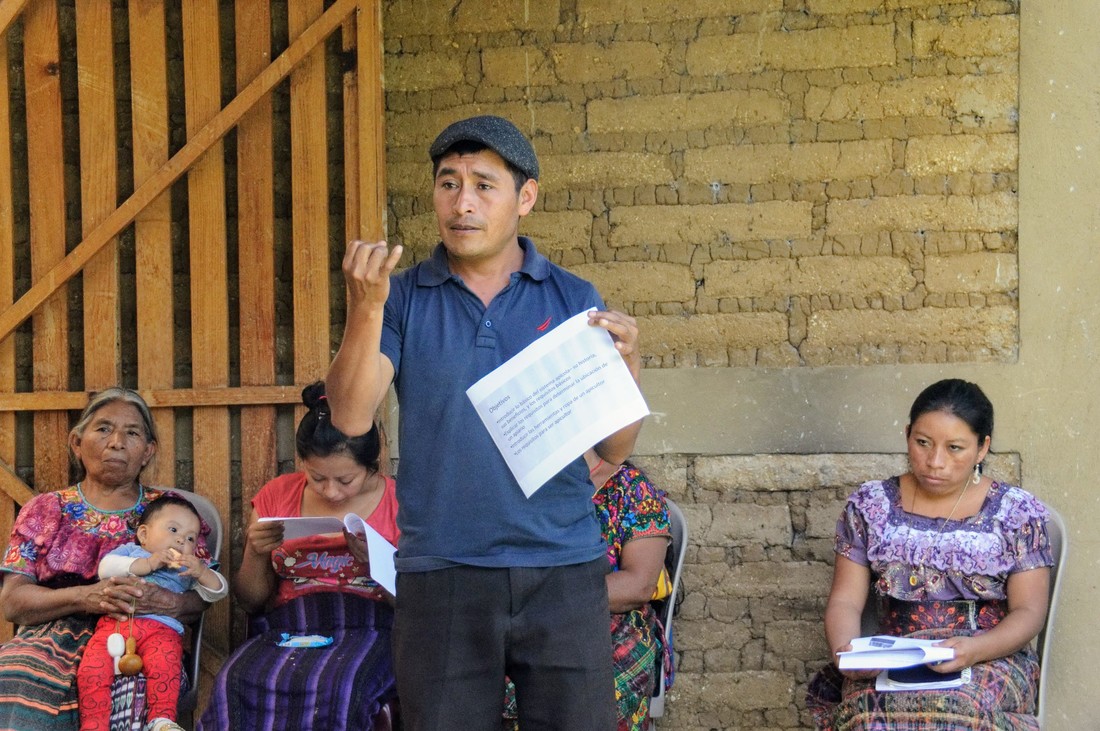
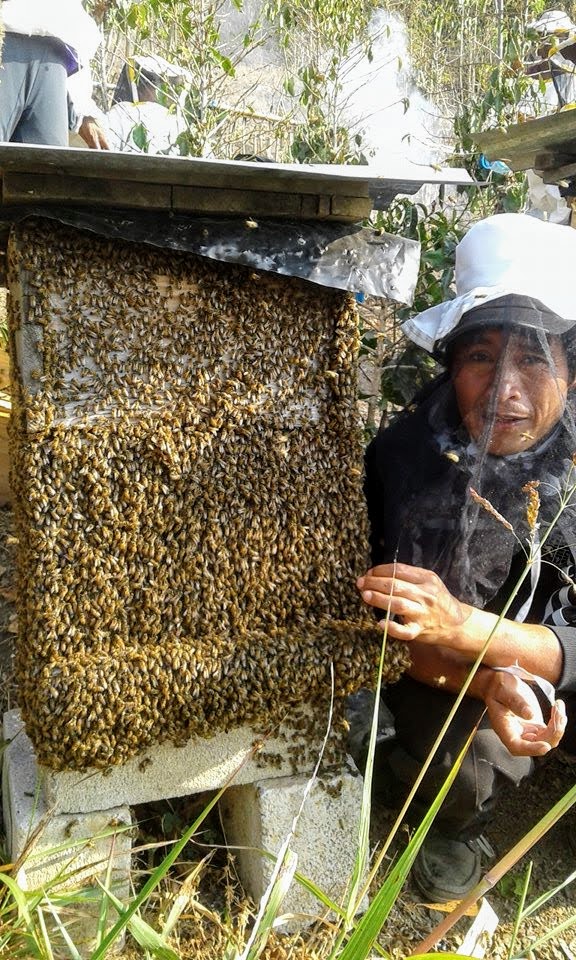
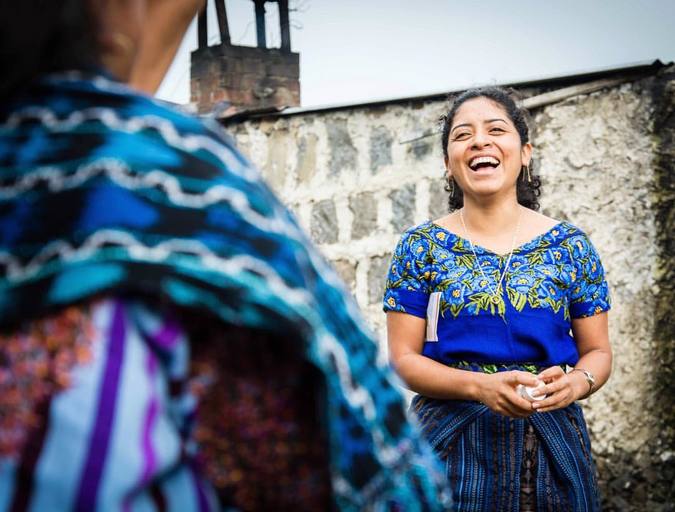
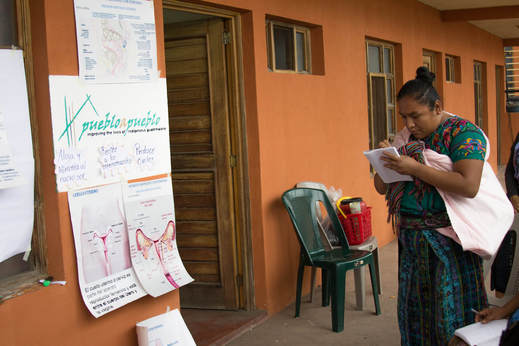
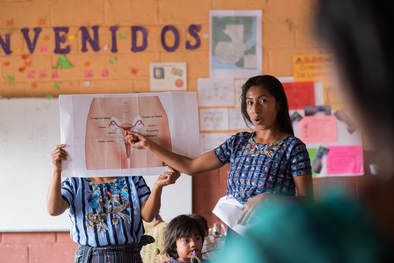
 RSS Feed
RSS Feed